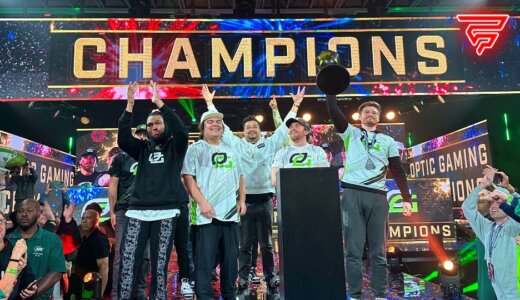A few months ago, Valve announced the end of Dota Pro Circuit after six years of using this format, which arguably had some benefits.
One of them was that everyone knew who the best teams were based on how many points they obtained in official tournaments.
Another benefit was that it provided a structure to each Dota 2 season, making it easier for players and organizations to plan ahead.
But now that everything has been removed, Dota 2’s esports scene is now once again a barren desert. Some may like to think of it as a clean blackboard, ready to be filled with ideas and event announcements. But so far, we’ve only had one: ESL One Kuala Lumpur 2023. This will be a $1 million event held in Malaysia between December 11-17.
Until then, we’ll have six weeks of nothing happening, or at least, nothing significant. That’s not good for an esport because it puts a lot of pressure on the organizations. If you don’t know what’s coming and are required to pay large sums of money every month to your players, it’s very tempting to disband the roster until more clarity is provided.
🔮 PREPARE FOR YOUR FATE 🔮
Destiny brings us back to Malaysia for #ESLOne Kuala Lumpur 2023! 12 teams will face each other from December 11th to 17th for a $1,000,000 prize pool ⚔️
Let’s get the future off to a good start, hmm? ⌛ #RiseAboveFate
🇲🇾 https://t.co/BsUeHDgsVL pic.twitter.com/BlXSIJubCW
— ESL Dota2 (@ESLDota2) September 19, 2023
Why the situation is risky
Valve threw their hands in the air and basically admitted defeat. The game is phenomenal and a large percentage of the community continues to be interested in its professional scene. At The International 12, the Grand Final had 1.44 million viewers at its peak. The average number of viewers per match was 541.000, which is not bad for a community of 8-10 million.
But who will step up to fill the void left by Valve? In the case of League of Legends, Riot Games likes to do everything itself and have full control over the game’s professional scene. In Dota 2, Valve is trying its best to avoid any responsibility. This might be a good approach, but only if tournament organizers step up their game.
Right now, we’re running the risk of having a Dota 2 draught for the next six months. Realistically, we might end up with just 1-2 LAN events, and possibly less than 4 until the next edition of The International. Slowly but surely, this once mighty esport could turn into just another competitive game.
The overall numbers of the community don’t look great either. They’ve been stable for the past several years, but we could easily have a scenario where the game starts losing its player base at a rapid rate.
Header: Valve







